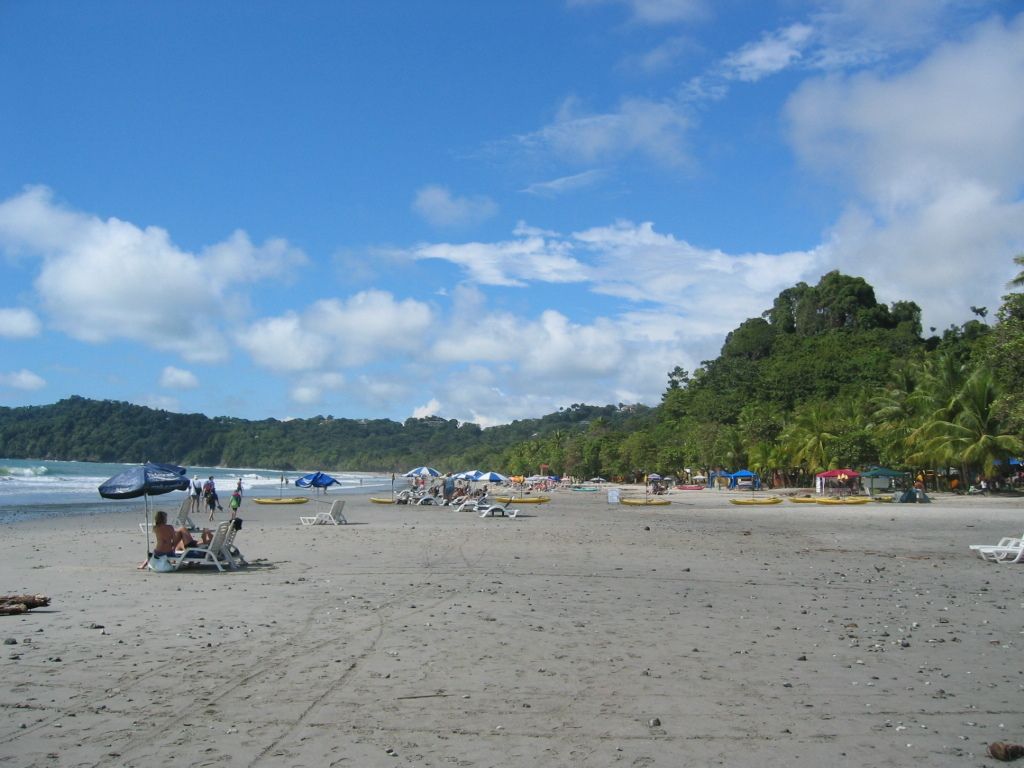Updating Heating Systems in Thuringia and Beyond
Approximately 20% of residential heating systems in Thuringia are younger than five years old, according to recent analyses from the German Association of Energy and Water Industries (BDEW). This increase is noteworthy, as this figure was only 13.5% in 2019.
Meanwhile, older heating systems with a lifespan exceeding 25 years have seen a slight rise in usage, going from 23.4% to 25.4%. The average age of heating systems in Thuringia homes currently stands at 13.9 years, matching the national average from 2019 (17.2 years).
Differences in technology types reveal oil central heating systems to be the oldest (20.8 years), followed by gas (13.7 years), and other heating systems (11.4 years). Nearly a third of homes in Thuringia make use of additional heating sources, with fireplaces remaining popular (50.0%), followed by wood/pellet stoves (29.5%) and direct electric heating systems (20.9%).
Several forces are colliding to shape the future of heating systems in Germany and Thuringia, including new regulations, consumer actions, and technological advancements:
Regulatory Changes
The German government, part of the SPD, Greens, and FDP alliance, is implementing the Building Energy Act (Gebäudeenergiegesetz, or GEG). From 2024, new buildings in designated areas must utilize heating systems with at least 65% renewable energy. However, some initial confusion stemming from the GEG and district heating schemes has been observed, temporarily affecting heat pump sales in 2024.
Consumer Actions
Some consumers have expressed hesitancy to replace their aging heating systems due to confusion about how heating networks will structurally change in their area. In contrast, there is rising interest in utilizing subsidies, which may boost market growth in 2025.
Technological Advancements
Heat pumps have emerged as a significant technology in the pursuit of carbon neutrality and energy transition, with approximately 3.8 kWh of heat produced for each 1 kWh of electricity. Furthermore, utilizing renewable energy doubles the potential to reduce CO₂ emissions by 99%.
The heat pump market is expected to undergo a 33% growth in 2025, driven by federal subsidies and consumer interest. Despite market volatility, industry experts remain optimistic about the long-term potential for recovery in 2025. However, factors such as political instability and potential GEG modifications in the upcoming 2025 elections could cloud the sector's future.
Regarding Thuringia, while specifics are not widely available, it appears the region is likely to follow broader trends in modernizing its heating systems, focusing on renewable energy and energy efficiency in line with national policies aiming to reduce carbon emissions and promote sustainable heating solutions.








